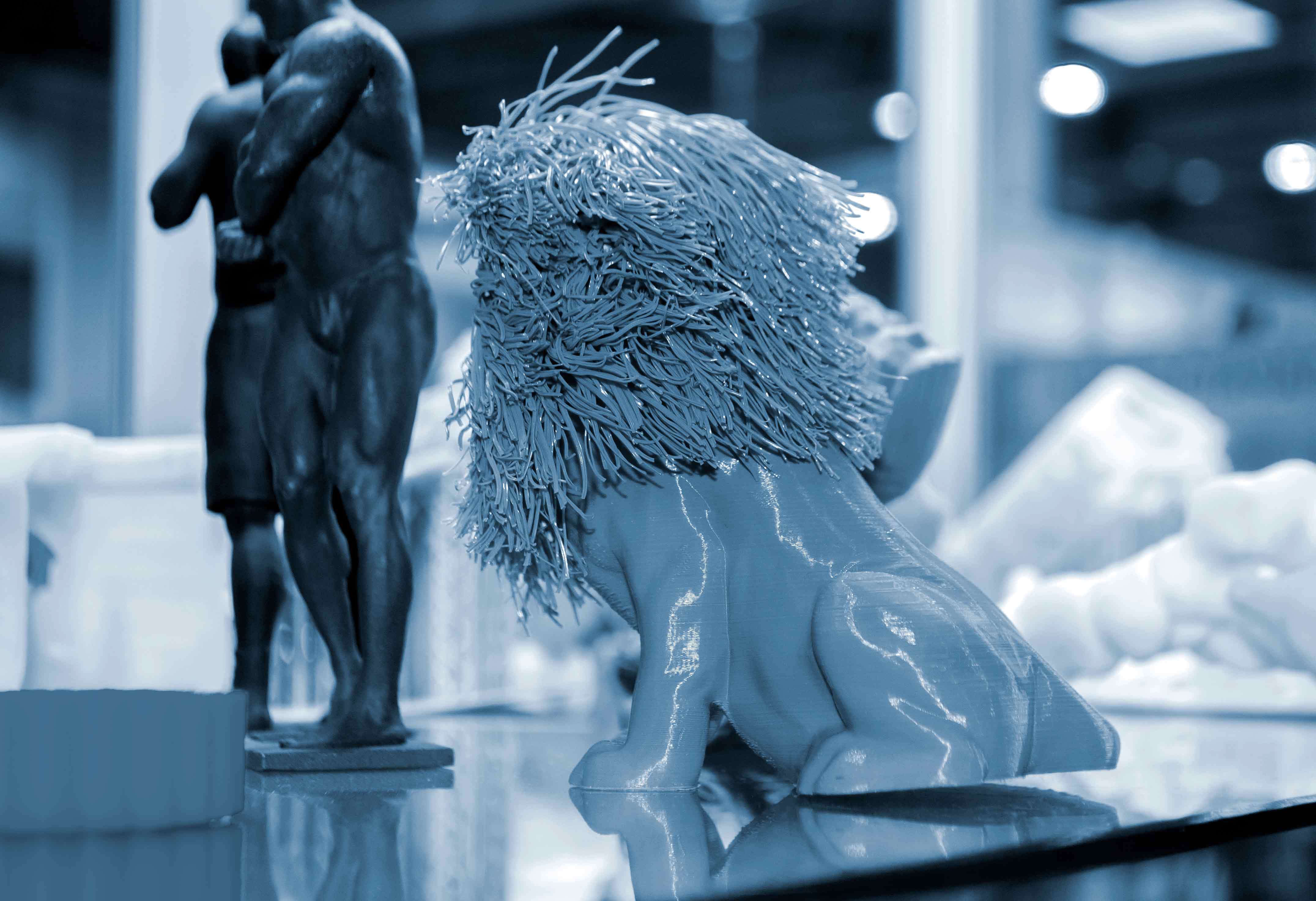Here you can find answers to your questions about 3D printing service, payment, 3DSPRO account, 3D Plus™, shipping, design guideline, warranty, and more!

3DSPRO collect cookies on your computer to provide more personalized services to you. By using this website, you consent to the cookies we use and our Privacy Policy
Accept